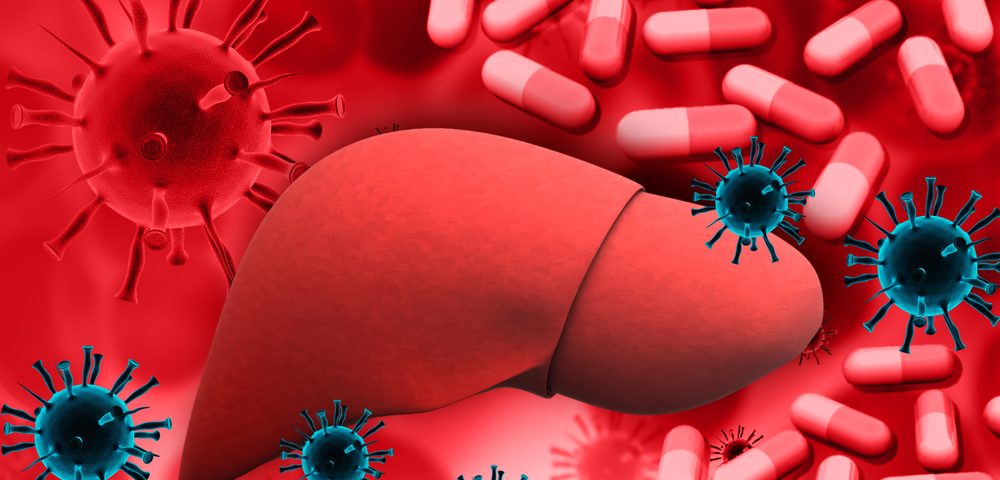Treatments combining Benitec Biopharma’s investigative agents — BB-101, BB-102 or BB-103 — with current standard of care may be a way of treating hepatitis B virus (HBV) infection, according to results obtained in an animal study.
BB-101, BB-102 and BB-103 are part of Benitec’s catalog of DNA-directed RNA interference (ddRNAi) therapies to target HBV. Each drug combines an AAV8 capsid and DNA containing the information for the production of small molecules, called short hairpin RNAs (shRNA), that will recognize, bind and inhibit the expression of three regions across the viral RNA, the molecule containing information for its survival.
BB-101 consists of one chain of DNA expressing three anti-HBV shRNAs, BB-102 is similar to BB-101 but is composed of a double chain of DNA, and BB-103 of miRNA backbones (miRNAs are also small molecules that have the ability to inhibit the production of specific proteins) instead of shRNAs.
The study evaluated the activity of the three drugs in a mouse model whose liver contained a substantial portion of human liver cells, so that it was susceptible to HBV infection. Mice were given the ddRNAi therapies once at study’s start. Researchers followed the action of these drugs in inhibiting HBV over a period of 13 weeks by assessing the levels of HBV DNA, and HBsAg and HBeAg (markers on the surface of the virus that help it survive), in the mice’s blood.
The team observed that, when administered individually, BB-103 and BB-102 caused a modest reduction in blood HBV DNA levels after 56 days of treatment.
Researchers then tested the effect of combining a single dose of the ddRNAi drugs with daily entecavir (ETV, a molecule that inhibits viral proliferation) or with a twice-daily pegylated interferon agent (that inhibits viral replication in infected cells).
They found that, combined with daily EVT, a single dose of BB-103 and BB-102 caused a decrease in blood HBV DNA levels to the lowest values quantifiable in the laboratory assay used (DNA can still be detected, but not quantified). The reduction in viral presence continued to decrease until 91 days of treatment.
The combination of BB-103 and EVT, or BB-102 and EVT, also reduced HBsAg and HBeAg levels, and more so than EVT alone.
Taken together, these results showed that combining ddRNAi therapies with other known agents produced a robust and sustained suppression of HBV in mice with hepatitis.
“It is remarkable that these ddRNAi treatments, administered as a single infusion on top of an existing treatment regimen have this magnitude of impact on the viral burden in this model of HBV infection,” said David Suhy, chief scientific officer of Benitec, in a news release. “With a high degree of confidence in our efficacy studies, we look forward to take the next steps of being able to move these compounds towards human clinical testing. To this end, we anticipate meeting with a number of regulatory agencies in early 2017.”


The results are actually very disappointing. Entecavir (ETV) inhibits HBV viral replication and so is expected to significantly reduce the viral load, with or without ddRNAi treatments. However, ETV will not reduce viral antigens, so comparison of viral antigens reduction between ddRNAi and ETV is meaningless. a unique feature of ddRNAi is that it should provide permanent RNAi interference after one injection. This aspect has not been verified by the data. Combined with the very modest reduction in viral antigens, the results are very disappointing.